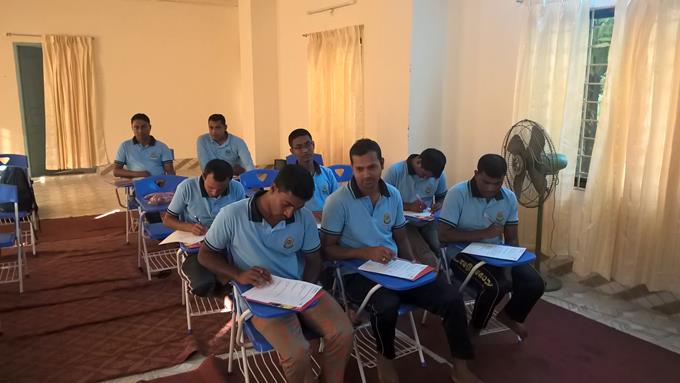Key performance indicators
Method
Key Performance Indicators (KPIs) are a performance management tool used to measure the achievements of an individual, organisation or intervention overtime. KPIs can be developed from pre-defined deliverables, objectives or goals included in a National Water Safety Plan. These can be either allocated to specific individuals or organisations as tasks to be completed, or can correspond to overall water safety plan implementation, reflecting how much progress has been made towards achieving end goals. In order to set good KPIs, ensure they are specific, measurable, achievable, realistic and time-constrained. They should be clearly defined and well understood by all stakeholders and implementing staff.
Examples of KPIs to measure the success of a project are freely available online, with some examples including:
- Number and proportion of deliverables completed on time (for example, the number of playpens constructed and distributed to households by a certain date).
- Number of training sessions provided (for example, the number of teachers trained to deliver a swimming and water safety skills program to children).
- Number of project components requiring to be re-done due to error.
KPIs for assessing the contribution of individuals or organisations to a project can be investigated through:
- Completing data collection within a population by a certain date (for example, collecting survey data to gauge drowning prevalence prior to the anticipated date of water safety plan implementation).
- Delivering outcomes of an analysis by a certain date (for example, reporting on changes to drowning prevalence post plan implementation to correspond with a specific funding opportunity).
- Producing a specific number of water safety resources or other awareness raising materials.
KPIs are best reviewed at regular intervals throughout the life of water safety plan implementation in order to gauge how individuals, organisations, or the plan itself, are progressing. Additionally, KPIs hold individuals and organisations accountable for the tasks they have committed to complete as part of their involvement in plan implementation.
Advantages
KPIs are a cost-effective way to assess performance and contribution of National Water Safety Plan implementation at the individual, departmental or organisational level.
They are relatively quick to produce as is based on existing content established during plan development.
Are a cost-effective way to demonstrate progress at all levels to internal and external stakeholders and funders.
Disadvantages
Vague or poorly designed KPIs will not produce an accurate measure of progress.
It may be difficult to determine whether all KPIs will be achievable or feasible during planning stages.
They can place stress on stakeholders and plan implementers, especially if the KPIs are too ambitious.
Not every aspect of a water safety plan can be quantified into KPIs so additional performance measurement tools will also need to be used.
Context
It is most appropriate to create KPIs for performance measurements that can be quantified. Remember to base KPIs off existing National Water Safety Plan goals and objectives, allowing them to directly reflect actual progress made.
Step 7
Implement and monitor the plan

